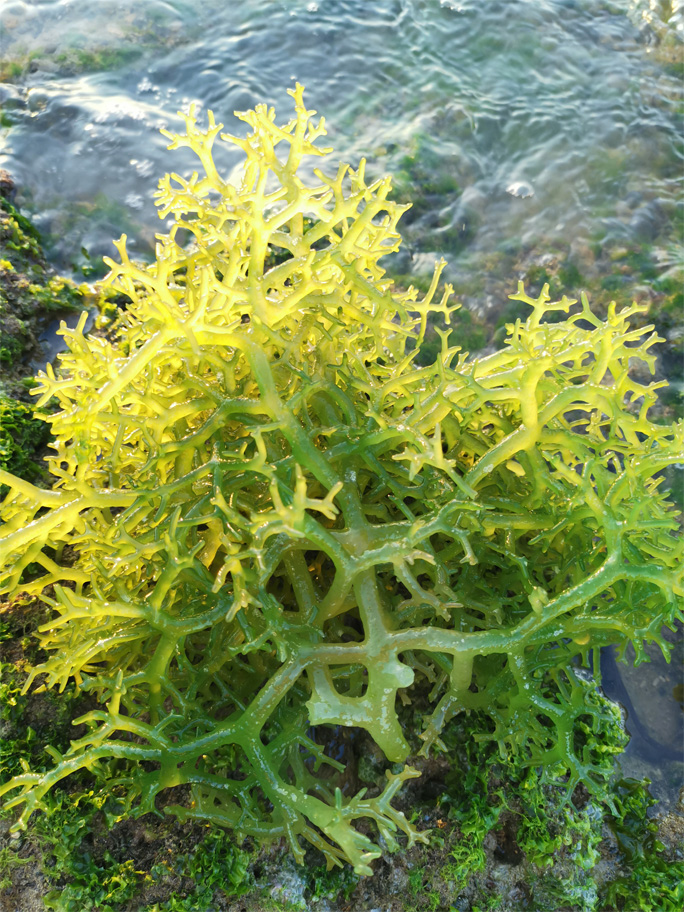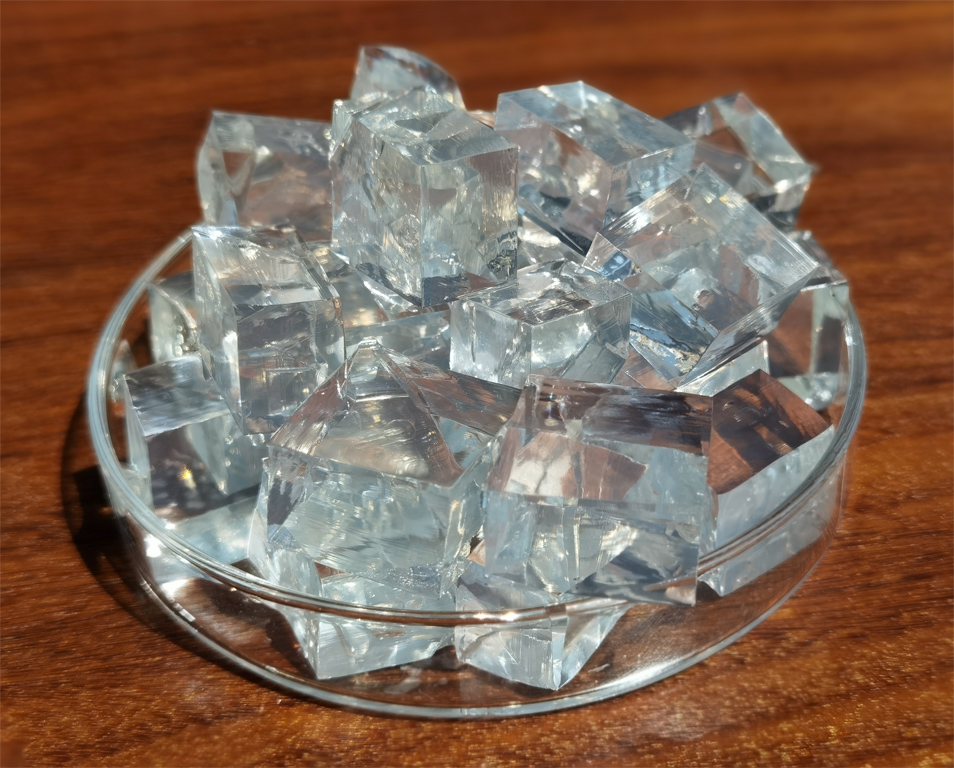Introduction to Carrageenan
Carrageenan, also known as carrageenin, is a natural polymer hydrophilic polysaccharide extracted from red algae such as Eucheuma cottonii, Chondrus ocellatus, and Kappaphycus alvarezii. It is generally white or pale yellowish powder shape, tasteless and odorless. Carrageenan has strong stability. When in neutral or alkaline condition, it does not hydrolyze even being heated. Carrageenan is characterized by its excellent solubility, gelling ability, elasticity, and transparency. It can fully dissolve in 80℃, and forming a transparent thermally reversible gel after cooling (thermally reversible gel means it melts into solution when being heated). Carrageenan can be blended with other hydrocolloids such as xanthan gum, guar gum, locust bean gum and konjac gum, significantly enhances the comprehensive performance of the gel.

Carrageenan is a good gelling agent, thickener, stabilizer and suspending agent. Its ability to chemically react with protein and form a web structure can greatly improve the product’s texture. Thus, it has wide applications in food, chemical, pharmaceutical, and biotechnology industries. Its primary application is in food industry.

Zhenpai started manufacturing carrageenan since 1991, is the first manufacturer of carrageenan in China.


